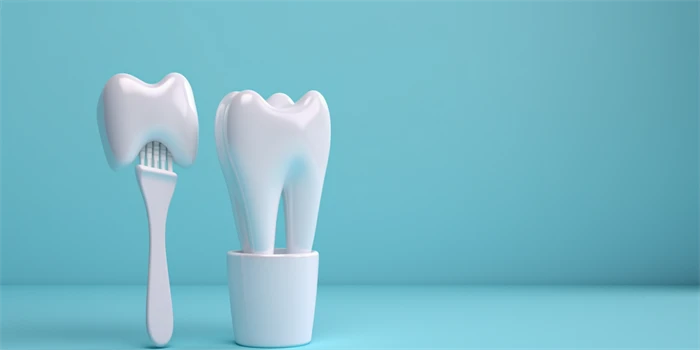A chipped tooth can be painful and cause discomfort. Thankfully, a dental filling can help alleviate the pain and restore the tooth to its natural shape and function. In this article, we will provide a comprehensive guide on managing discomfort associated with a chipped tooth filling. Whether you are considering a filling or have already scheduled the procedure, we aim to address your needs and answer your questions so you feel empowered throughout your journey.

1. Understanding the Process of Getting a Chipped Tooth Filling
Before we delve into managing discomfort, let's first understand how a chipped tooth filling is done. Dentists typically follow these steps:
- Examining the tooth and taking X-rays to assess the extent of damage
- Numbing the tooth and surrounding area with a local anesthetic
- Removing any damaged or decayed parts of the tooth
- Applying a dental bonding agent to create a strong foundation
- Layering tooth-colored composite resin onto the tooth and shaping it
- Curing the resin with a special light to harden it
- Polishing the filling to match the appearance of your natural teeth
Knowing this process can help alleviate any anxiety you may have about the procedure.
2. What to Expect During and After the Chipped Tooth Filling
During the filling procedure, your dentist will ensure you are comfortable and pain-free. The local anesthetic will prevent any pain during the treatment, although you may feel some pressure or vibrations. The process is relatively quick, usually taking 30 minutes to an hour, depending on the severity of the chip.
After the filling, it is normal to experience some sensitivity to hot or cold foods and drinks for a few days. This discomfort should subside gradually. If the pain persists or worsens, it is important to contact your dentist to ensure there are no complications.
3. Managing Discomfort After the Chipped Tooth Filling
To minimize discomfort and promote healing after getting a chipped tooth filling, follow these tips:
- Avoid consuming extremely hot or cold foods and beverages
- Stick to soft foods that won't exert excessive pressure on the filling
- Practice good oral hygiene with regular brushing and flossing
- Use a desensitizing toothpaste to reduce sensitivity
- Consider over-the-counter pain relievers if recommended by your dentist
By taking these steps, you can help accelerate the healing process and minimize any discomfort you may feel.
4. Patient Perspectives: Dealing with Discomfort
Let's hear from some patients who have undergone chipped tooth fillings:
"At first, I was nervous about getting a filling, but my dentist made sure I was comfortable throughout the procedure. The sensitivity after the filling was manageable and gradually subsided." - John
"I experienced some discomfort after the filling, but following my dentist's advice and sticking to soft foods helped a lot. Within a few days, everything was back to normal." - Sarah
Personal stories like these can provide reassurance and help you understand that discomfort is temporary and manageable.
Frequently Asked Questions
Q: How long does a chipped tooth filling last?
A: Chipped tooth fillings can last for several years with proper care and regular dental check-ups.
Q: Will my dental insurance cover the cost of a chipped tooth filling?
A: Dental insurance coverage varies, but many plans cover a portion of the cost of fillings as they are considered a necessary dental treatment.
Q: Can I eat normally after getting a chipped tooth filling?
A: It is generally recommended to stick to soft foods for the first few days after the procedure and gradually reintroduce harder foods once the discomfort subsides.
Q: Is it necessary to get a chipped tooth filling?
A: If you leave a chipped tooth untreated, it can lead to further damage and complications, so it is best to consult with your dentist to determine the appropriate treatment.
Q: How soon can I brush my teeth after a chipped tooth filling?
A: You can resume brushing your teeth gently after the filling. However, it is advisable to avoid the filled area for the first 24 hours to allow it to set properly.
By addressing these frequently asked questions, we aim to provide you with further clarity and guidance on managing discomfort associated with a chipped tooth filling.




